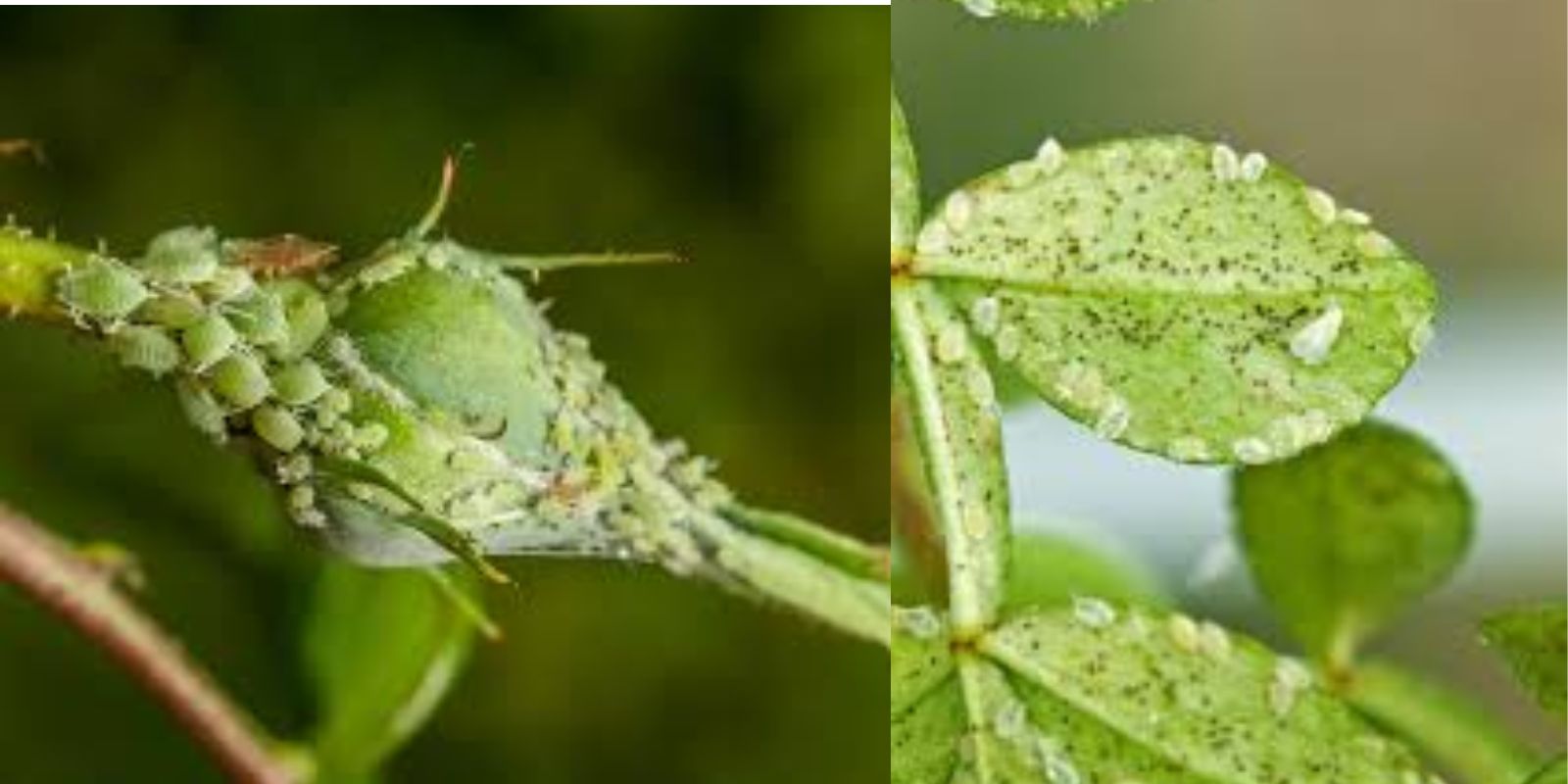Whiteflies are one of the most common garden pests, small in size but big in the damage they can cause. These tiny insects can wreak havoc on both indoor and outdoor plants, damaging leaves, spreading diseases, and stunting plant growth. Fortunately, there are several ways to combat whitefly infestations effectively. In this article, we will explore three methods to control whiteflies naturally and keep your garden flourishing.
Understanding Whiteflies
Before diving into solutions, it’s important to understand why whiteflies are such a problem. These pests are small, winged insects that typically feed on the undersides of plant leaves. They pierce the plant’s surface with their needle-like mouths and suck out the plant’s sap, depriving it of vital nutrients. This weakens the plant, causing yellowing leaves, stunted growth, and, in severe cases, plant death.
Additionally, whiteflies secrete a sticky substance known as honeydew, which promotes the growth of mold on plants, further damaging them. Even more concerning is the fact that whiteflies can transmit various plant viruses, which can spread quickly if not controlled.
Now that we know why whiteflies are such a problem, let’s take a closer look at three effective methods for dealing with them in your garden or indoor plants.
1. Introduce Beneficial Insects
One of the most natural and eco-friendly ways to control whiteflies is by introducing beneficial insects that feed on them. Nature has provided a variety of natural predators that can help keep whitefly populations in check without the need for harsh chemicals. Some of the most effective predators include:
Ladybugs
Ladybugs are well-known for their ability to control aphids, but they also feed on whiteflies. They are voracious eaters and can quickly reduce the whitefly population. You can purchase ladybugs at many garden centers or online, and releasing them in your garden will help keep your whitefly issue under control.
Lacewing Larvae
Lacewing larvae, commonly referred to as “aphid lions,” are another predator that feeds on whiteflies. These larvae can eat up to 100 whiteflies per day, making them highly effective at controlling the population. Once the larvae mature into adults, they feed on aphids, mealybugs, and other pests, making them a versatile addition to your pest control strategy.
Parasitic Wasps
Parasitic wasps are an excellent choice for whitefly control, especially in larger gardens or greenhouses. These tiny wasps lay their eggs inside the bodies of whiteflies. When the eggs hatch, the larvae consume the whitefly from the inside, ultimately killing it. There are different species of parasitic wasps that target specific types of whiteflies, so it’s important to choose the right one for your needs. Some common species include Encarsia formosa and Eretmocerus eremicus.
By introducing these natural predators into your garden, you can help control whitefly populations while promoting biodiversity and reducing the need for chemical interventions.
2. Use Sticky Traps
Sticky traps are a simple and effective tool for managing whitefly infestations. These traps are particularly useful for monitoring and reducing whitefly populations in both gardens and indoor spaces. Here’s how sticky traps work and why they are so effective:
How Sticky Traps Work
Yellow sticky traps are specifically designed to attract whiteflies, which are drawn to the color yellow. These traps are coated with a sticky substance that traps the whiteflies as they fly by. As they land on the trap, they become stuck and are unable to escape. Over time, the traps will fill up with captured whiteflies, reducing their numbers.
Sticky traps are especially helpful for early detection of whitefly problems. If you notice that the traps are collecting a large number of whiteflies, it’s a sign that you need to take further action to control the infestation.
Where to Place Sticky Traps
To make the most of sticky traps, strategically place them around the affected plants or throughout your garden. Here are a few tips

